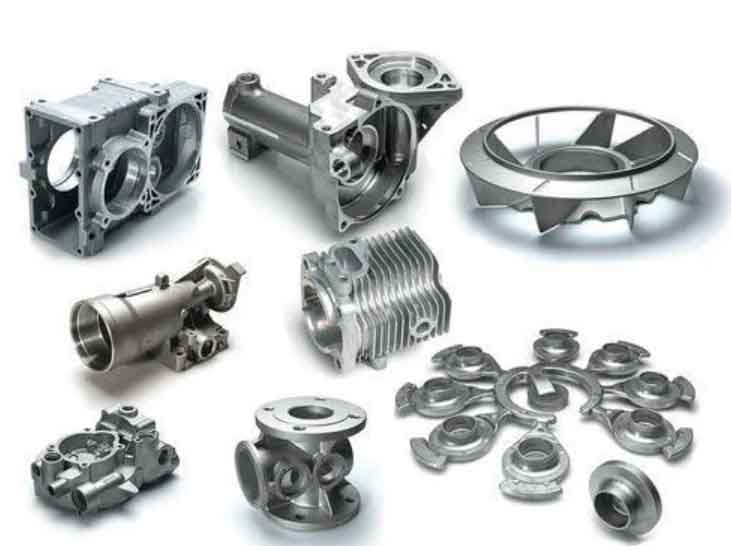
As additive manufacturing, including 3D printing, continues to revolutionize the manufacturing industry, grey cast iron is also finding its place in this growing field. While 3D printing is commonly associated with plastic and metal powder materials, advancements in technology and material development have opened up opportunities for using grey cast iron in additive manufacturing. Here’s how grey cast iron is gaining a growing role in 3D printing and additive manufacturing:
1. Improved Materials and Techniques:
Researchers and companies have been working to develop specialized metal powders and 3D printing techniques that are compatible with grey cast iron. These advancements have allowed for the direct 3D printing of grey cast iron components, making it easier to incorporate this material into additive manufacturing processes.
2. Design Freedom:
One of the key advantages of 3D printing is its ability to create complex geometries that would be challenging or impossible to produce using traditional manufacturing methods. Grey cast iron’s excellent castability makes it well-suited for 3D printing intricate components and structures, offering designers greater freedom in creating innovative designs.
3. Lightweighting Potential:
Grey cast iron can be printed in thin-walled structures while still maintaining its structural integrity. This capability allows for lightweighting of components, which is particularly relevant in industries where reducing weight can lead to energy and cost savings.
4. Rapid Prototyping and Customization:
3D printing with grey cast iron enables rapid prototyping of components, allowing for faster iteration and development of new designs. Additionally, the ability to customize parts based on specific application requirements is a significant advantage in industries where tailored solutions are essential.
5. Enhanced Performance:
The microstructure of grey cast iron can be optimized through 3D printing, resulting in improved mechanical properties and performance. This can lead to enhanced wear resistance, damping capacity, and other desirable characteristics.
6. Sustainable Manufacturing:
Additive manufacturing, in general, has the potential to reduce material waste during the production process. When grey cast iron is used in 3D printing, it can contribute to more sustainable manufacturing practices by minimizing material usage and energy consumption.
While grey cast iron’s role in 3D printing and additive manufacturing is growing, there are still some challenges to overcome. The development of specialized metal powders, fine-tuning printing parameters, and ensuring consistent material properties remain areas of ongoing research and improvement. As these challenges are addressed, the integration of grey cast iron into additive manufacturing is likely to expand, offering new possibilities for creating complex, high-performance components in various industries.
